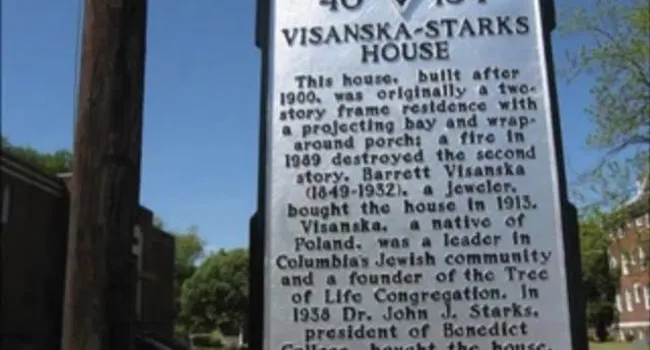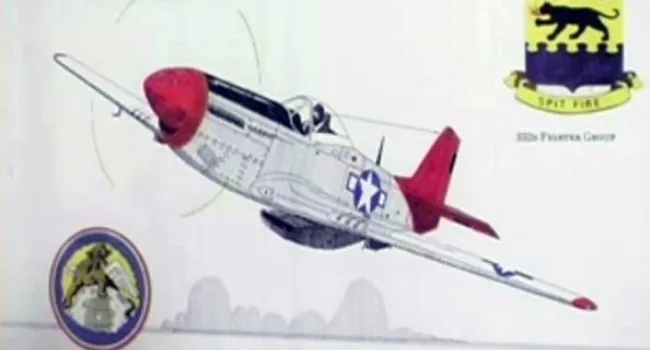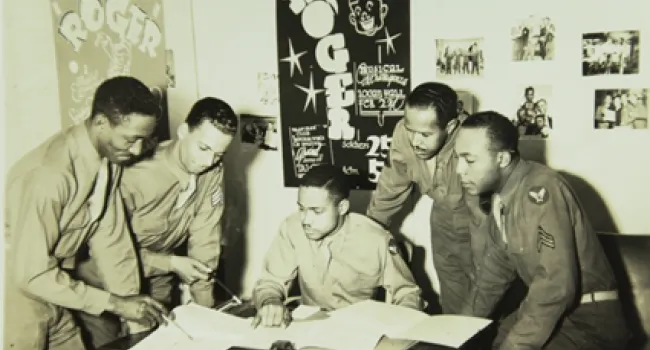Kaltura
Celebrate Freedom -Tuskegee Airmen 60th Anniversary was an event that took place in 2004 in Camden, South Carolina.
In 1941, the 99th Pursuit Squadron, the first African-American air fighting unit, began training in Tuskegee, Alabama. The pilots known as the Tuskegee Airmen included Ernest Henderson, Sr of Laurens County, South Carolina. Henderson trained other flying units during World War II, including the Black Eagles, who were formed and trained in Columbia in 1949. Henderson talks about the training.
CREDIT: Connections, ETV, 2004
Standards
- 3-5 The student will demonstrate an understanding of the major developments in South Carolina in the late nineteenth and the twentieth century.
- 5-3 The student will demonstrate an understanding of major domestic and foreign developments that contributed to the United States becoming a world power.
- 5-4 The student will demonstrate an understanding of American economic challenges in the 1920s and 1930s and world conflict in the 1940s.
- 5-5 The student will demonstrate an understanding of the social, economic and political events that influenced the United States during the Cold War era.
- 8-7 The student will demonstrate an understanding of the impact on South Carolina of significant events of the late twentieth and early twenty-first centuries.
- 5.3 Demonstrate an understanding of the economic, political, and social effects of World War II, the Holocaust, and their aftermath (i.e., 1930–1950) on the United States and South Carolina.
- 5.3.E Analyze multiple perspectives on the economic, political, and social effects of World War II and its aftermath using primary and secondary sources.
- 5.3.CE Analyze the cause and effect of government-sponsored policies within the United States and Europe related to the status of different groups, to include the Holocaust.
- 5.3.CX Contextualize the technological and geographic influence on military strategies in the Pacific and European theaters of war of World War II.
- 8.5.CO Compare South Carolina and U.S. wartime contributions and demobilization after World War II.
- USHC.4.CC Examine the continuity and changes on the U.S. homefront surrounding World War I and World War II.



















